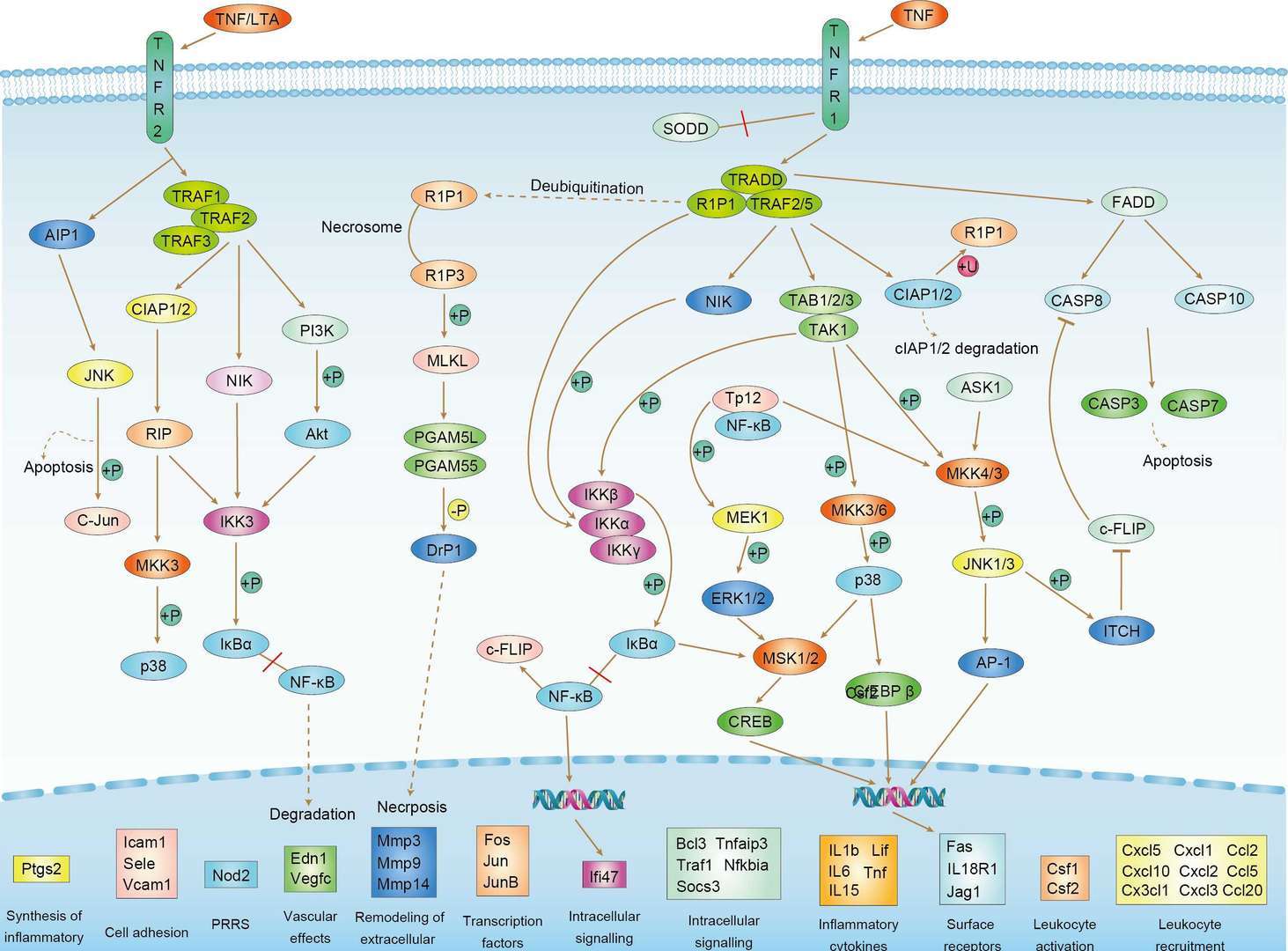Recombinant Anti-CX3CL1 Vesicular Antibody, EV Displayed (VS-0425-YC519)
CAT#: VS-0425-YC519
The Recombinant Anti-CX3CL1 Vesicular Antibody, EV Displayed (VS-0425-YC519) is an antibody-displaying extracellular vesicle (Ab-EV). The product combines the benefits of both extracellular vesicle (EV) and antibody (Ab) which can guide the decorated EVs to CX3CL1-expressed cells or tissues. CX3CL1 is the sole member of the CX3C chemokine subgroup, characterized by a specific cysteine arrangement. It functions as both a membrane-anchored and soluble chemotactic cytokine, interacting with the G-protein coupled receptor CX3CR1. CX3CL1 is implicated in diseases such as cancer and atherosclerosis.









Recombinant Antibody
- Application
- ELISA, FC, Neut, Cell-uptake
- Product Type
- Ab-Fc-EVs
- Antibody Quantification (Ab/EV)
- ~100 Ab/EV
- Target
- CX3CL1
- Host Animal
- Human
- Antibody Isotype
- IgG
- Species Reactivity
- Human
- Expression Cell
- Mammalian cell
Engineered EVs
- EV-sorting domain
- CD63
- Fc-binding domain
- z domain
- EV Size
- 30~150 nm
- Producing Cell
- HEK293F
- Isolation Method
- Gradient centrifugation
- Purification
- qEV size exclusion chromatography
- Binding Affinity
- Kd = 0.85 µg/mL
- Concentration
- 1 x 10¹⁰
- Size
- 1 mL
- Buffer
- PBS
- Storage
- Store at -80°C for 12 months
Target
- Full Name
- C-X3-C motif chemokine ligand 1
- Biological Process
- Cell adhesion, Chemotaxis, Host-virus interaction, Inflammatory response
- Molecular Function
- Cytokine
- Cellular Localization
- Plasma membrane
- Introduction
- This gene belongs to the CX3C subgroup of chemokines, characterized by the number of amino acids located between the conserved cysteine residues. This is the only member of the CX3C subgroup, which contains three amino acids between cysteine residues, resulting in a Cys-X-X-X-Cys configuration. The encoded protein contains an extended mucin-like stalk with a chemokine domain on top, and exists in both a membrane-anchored form where it acts as a binding molecule, or, in soluble form, as a chemotactic cytokine. The mature form of this protein can be cleaved at the cell surface, yielding different soluble forms that can interact with the G-protein coupled receptor, C-X3-C motif chemokine receptor 1 gene product. This gene plays a role in a wide range of diseases, including cancer, vasculitis, neuropathies, atherosclerosis, inflammatory diseases, and in human immunodeficiency virus infections.
- Alternative Names
- ABCD-3, C3Xkine, CXC3, CXC3C, NTN, SCYD1
- Gene ID
- 6376
- UniProt ID
- P78423
Customer Review
There are currently no Customer reviews or questions for VS-0425-YC519. Click the button above to contact us or submit your feedback about this product.
Submit Your Publication
Published with our product? Submit your paper and receive a 10% discount on your next order! Share your research to earn exclusive rewards.
Related Signaling Pathways
Downloadable Resources
Download resources about recombinant antibody development and antibody engineering to boost your research.
Datasheet
MSDS
COA
Certificate of Analysis LookupTo download a Certificate of Analysis, please enter a lot number in the search box below. Note: Certificate of Analysis not available for kit components.
See other products for "CX3CL1"
Select a product category from the dropdown menu below to view related products.
| CAT | Product Name | Application | Type |
|---|---|---|---|
| MOB-2061MZ | Recombinant Mouse Anti-Human CX3CL1 Antibody (clone NN0308-9K34) | IHC-P, WB | Mouse antibody |
| HPAB-1500-FY | Human Anti-CX3CL1 Recombinant Antibody (HPAB-1500-FY) | Neut | Humanized IgG |
| CAT | Product Name | Application | Type |
|---|---|---|---|
| NEUT-582CQ | Rat Anti-Cx3cl1 Recombinant Antibody (clone 7F17) | Neut, WB | Rat IgG2 |
| NEUT-583CQ | Mouse Anti-CX3CL1 Recombinant Antibody (clone CBL828) | CyTOF®, ELISA, ICFC, Neut | Mouse IgG1 |
| NEUT-584CQ | Rat Anti-Cx3cl1 Recombinant Antibody (clone CBL858) | Neut, WB | Rat IgG2 |
| NEUT-585CQ | Rat Anti-Cx3cl1 Recombinant Antibody (clone CBL690) | ELISA, WB, Neut | Rat IgG2a |
| NEUT-586CQ | Rat Anti-Cx3cl1 Recombinant Antibody (clone RM0200-7F17) | WB, Neut | Rat IgG2 |
| CAT | Product Name | Application | Type |
|---|---|---|---|
| MOR-0880 | Hi-Affi™ Rabbit Anti-CX3CL1 Recombinant Antibody (clone DS880AB) | ELISA, WB | Rabbit IgG |
| MOR-4123 | Hi-Affi™ Rabbit Anti-CX3CL1 Recombinant Antibody (clone SI194DS) | ELISA | Rabbit IgG |
| CAT | Product Name | Application | Type |
|---|---|---|---|
| HPAB-1500-FY-F(E) | Human Anti-CX3CL1 Recombinant Antibody; Fab Fragment (HPAB-1500-FY-F(E)) | Neut | Humanized Fab |
| CAT | Product Name | Application | Type |
|---|---|---|---|
| HPAB-1500-FY-S(P) | Human Anti-CX3CL1 Recombinant Antibody; scFv Fragment (HPAB-1500-FY-S(P)) | Neut | Human scFv |
| CAT | Product Name | Application | Type |
|---|---|---|---|
| VS-0325-XY590 | Anti-CX3CL1 Immunohistochemistry Kit | IHC | |
| VS-0525-XY1809 | Anti-Human CX3CL1 Immunohistochemistry Kit | IHC |
| CAT | Product Name | Application | Type |
|---|---|---|---|
| VS-0825-YC88 | SmartAb™ Recombinant Anti-CX3CL1 pH-dependent Antibody (VS-0825-YC88) | Neut | Human IgG |
Popular Products

Application: WB, FC, IP, ELISA, Neut, FuncS, IF

Application: IF, IP, Neut, FuncS, ELISA, FC, WB

Application: FuncS, IF, Neut, ELISA, FC, IP, ICC

Application: FC, IP, ELISA, Neut, FuncS, IF, WB

Application: FuncS, IF, Neut, ELISA, FC, IP, IHC

Application: ELISA, WB, Neut, Funcs, IHC, Inhib

Application: ELISA, IHC, FC, IP, IF, Inhib

Application: ELISA, IHC, FC, IP, IF, Inhib
For research use only. Not intended for any clinical use. No products from Creative Biolabs may be resold, modified for resale or used to manufacture commercial products without prior written approval from Creative Biolabs.
This site is protected by reCAPTCHA and the Google Privacy Policy and Terms of Service apply.












 TNF Signaling Pathway
TNF Signaling Pathway













-2.png)

